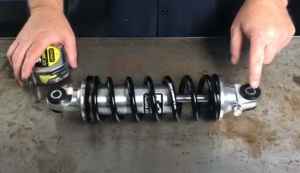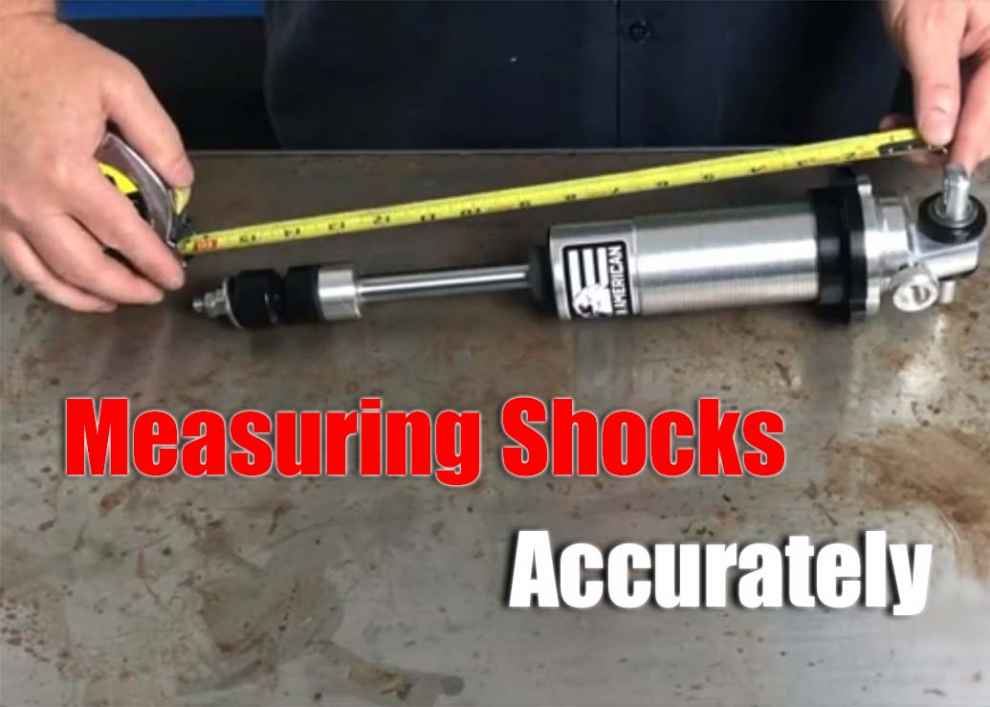Measuring shocks accurately is an essential part of car and truck maintenance. Knowing the right dimensions helps you to find the right shock absorbers for your vehicle and maintain optimal ride quality. To help you get accurate measurements every time, this guide will explore the tools, techniques, and tips necessary to measure shocks effectively.
Tools Needed to Measure Shocks
There are two main tools that you’ll need when measuring shocks: a shock absorber gauge, and a ruler. The shock absorber gauge will allow you to measure both compressed length (the distance between the mounting points when the shock is completely compressed) and extended length (the distance between the mounting points when it is fully extended). The ruler will be used for additional measurements such as eyelet diameter or shaft diameter where applicable.
Measuring the Shock Absorber on Your Car or Truck

- Removing the Shock Absorber – The first step in measuring shocks accurately is to remove them from your vehicle. This process may vary depending on your car or truck, but typically requires the use of a wrench and socket set. Make sure to refer to your vehicle’s repair manual for specific instructions on how to remove the shock absorbers.
- Measuring Compressed Length – Once the shock absorber is removed from your car or truck, it’s time to measure the compressed length. To do this, use your shock absorber gauge and measure from one mounting point (eyelet) to the other when the shock is fully compressed. Be sure to read the instructions that came with your gauge for specific instructions on how to do this correctly.
- Measuring Extended Length – After measuring the compressed length, it’s time to measure extended length (or maximum extension) of the shock absorber as well. Again, be sure to consult your gauge’s instructions as each model may vary slightly in terms of operation and accuracy.
Tips and Tricks for Accurate Measurements
When measuring shocks accurately there are a few tips and tricks that you should keep in mind:
- Make sure that all tools are properly calibrated before use
- Take multiple measurements at both extended and compressed lengths in order to get an accurate average measurement
- When measuring eyelet diameter, use a ruler instead of the shock absorber gauge
- Clean all components thoroughly prior to measurement in order to get accurate results
Conclusion
Measuring shocks accurately is an essential part of car and truck maintenance. By using the correct tools, techniques, and tips you can ensure that you get the best measurements every time without fail. With this guide in hand, you’ll be able to measure your shocks correctly so that you can find the right ones for your vehicle and maintain optimal ride quality.

Add Comment